We all know about the Millennium Development Goals published by the UN over two decades ago. It was about combating poverty and seven other key ailments of the society. In the summer of 2012, the countries of the world convened again to develop that further into what is known today as the Sustainable Development goals (SDGs). What are these sustainable development goals?
There are 17 SDGs that are key metrics to understand progress at a macro-economic level. By the end of this article, I assure you that you will be able to understand the broad scope of these goals and use them in your business.
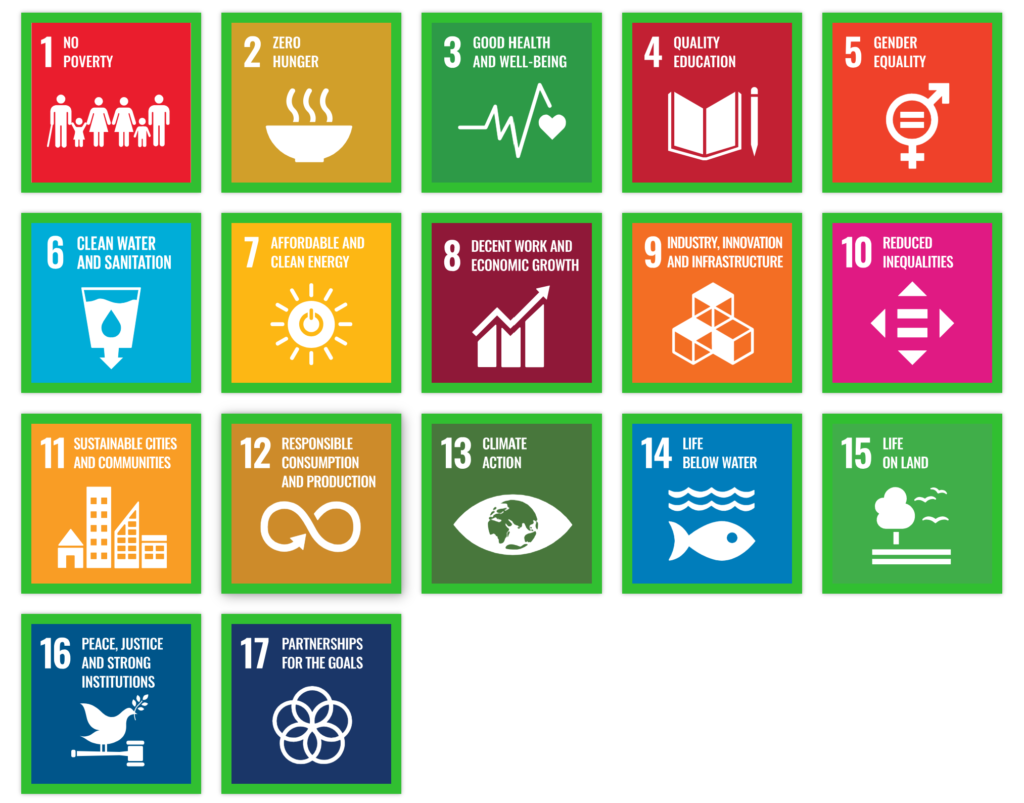
It may look daunting at first glance however, if you look carefully like how we did, you can see that these goals slowly merge into three broad categories. Of course, social progress is as crucial as in the Millennium Development Goals and hence, poverty, hunger, health, education, gender equality, clean water and reducing inequality all come under these. All of these are concerning people.
Now, we have some environmental progress metrics in the SDGs as well, such as clean energy, sustainable cities, responsible consumption and production, climate action, life below water and life on land. These are concerning the planet that we live in. And then, the remaining are decent work and growth, innovation and infrastructure, strong institutions and partnerships for the goals. These are what I would call leadership metrics that is solely down to the leader of a country (or a company if you are running yours).
Overall, we can lump these goals into three mounts, Planet, People and Leadership. At Reshift, we were initially focused on planet but now we have realised the importance of all three in running a sustainable business. We are now building an SME portal and a marketplace that helps boost a company using these goals. If you are interested in learning more about our upcoming project, you may hit my team up on hello[at]reshift.co.uk.

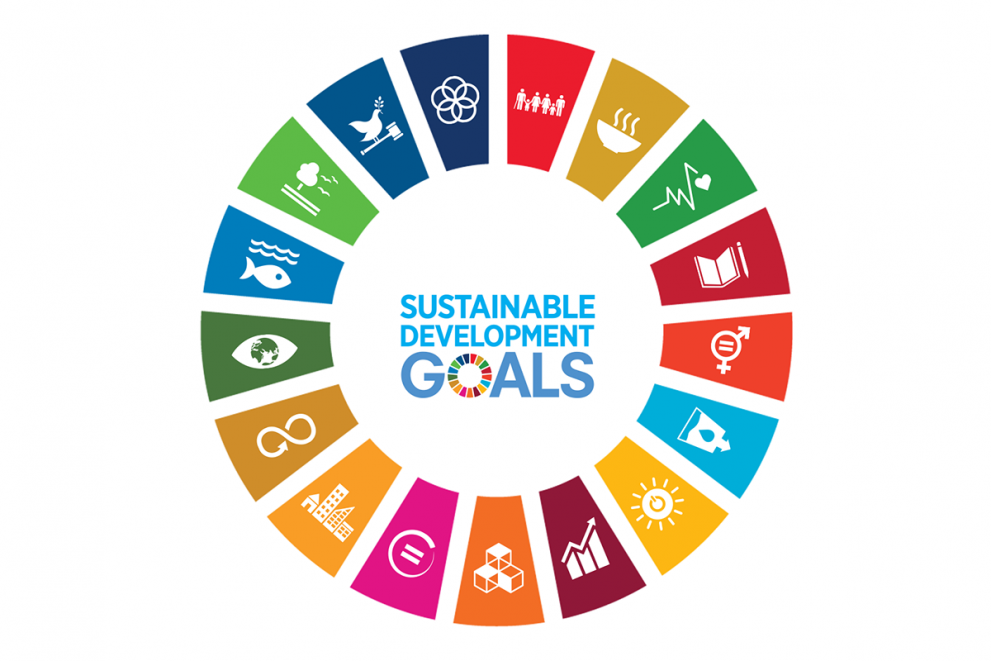

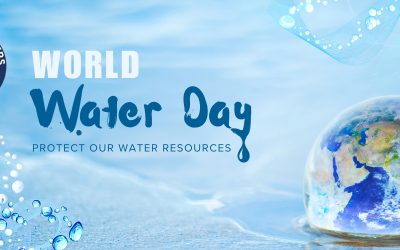
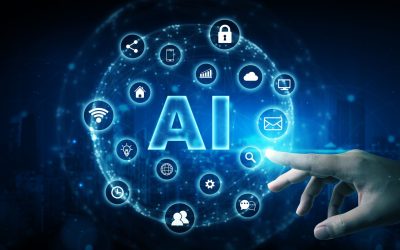
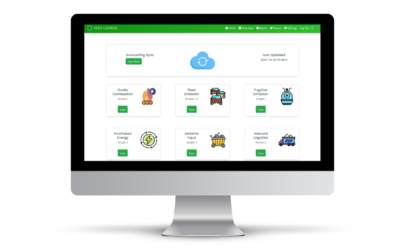

0 Comments